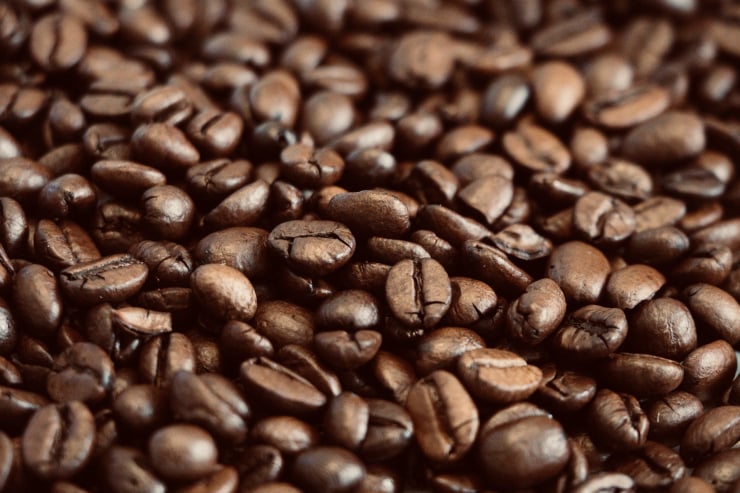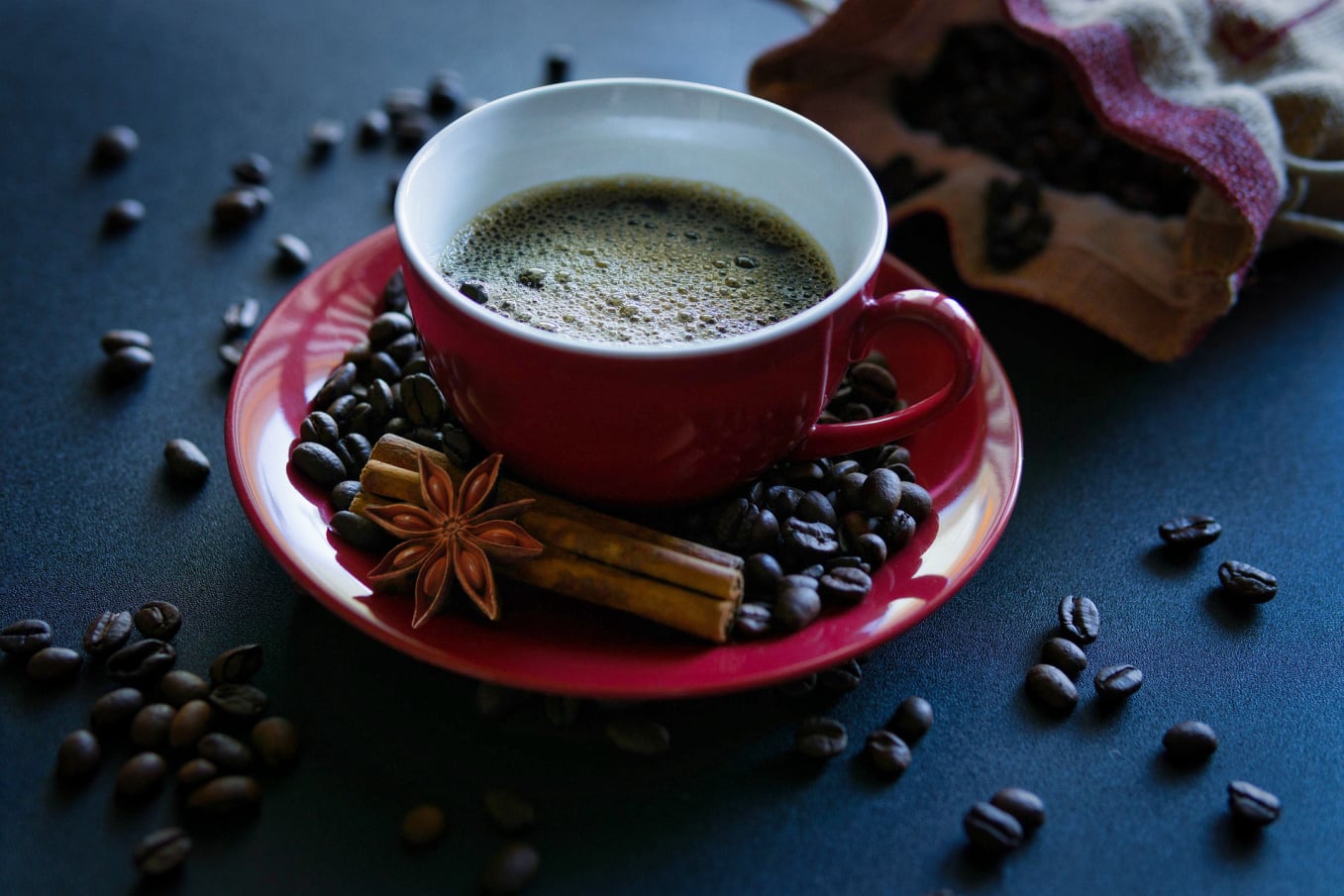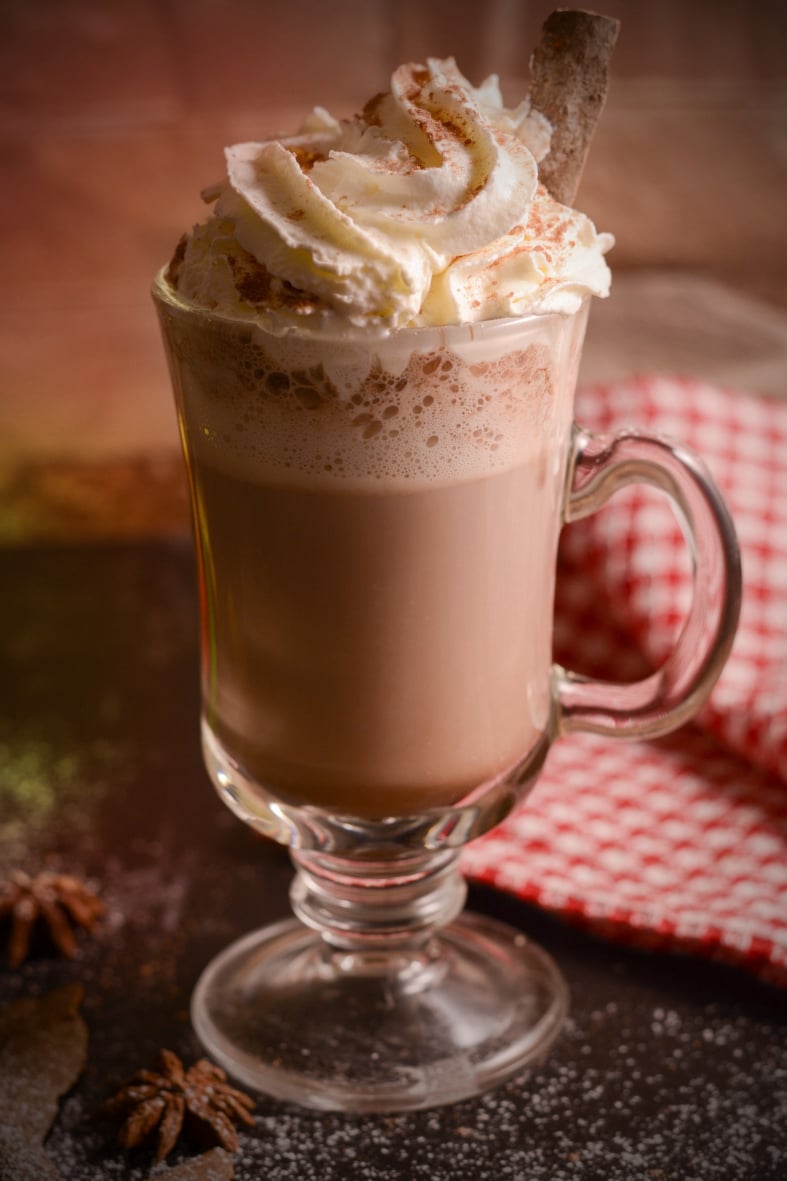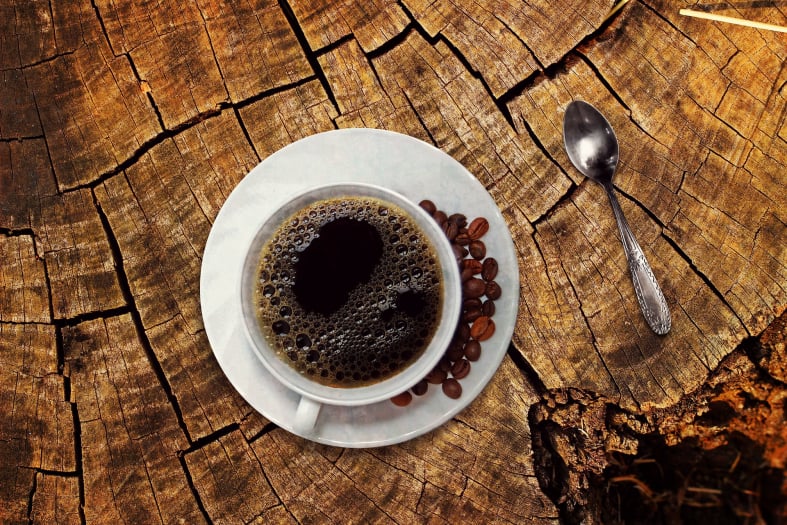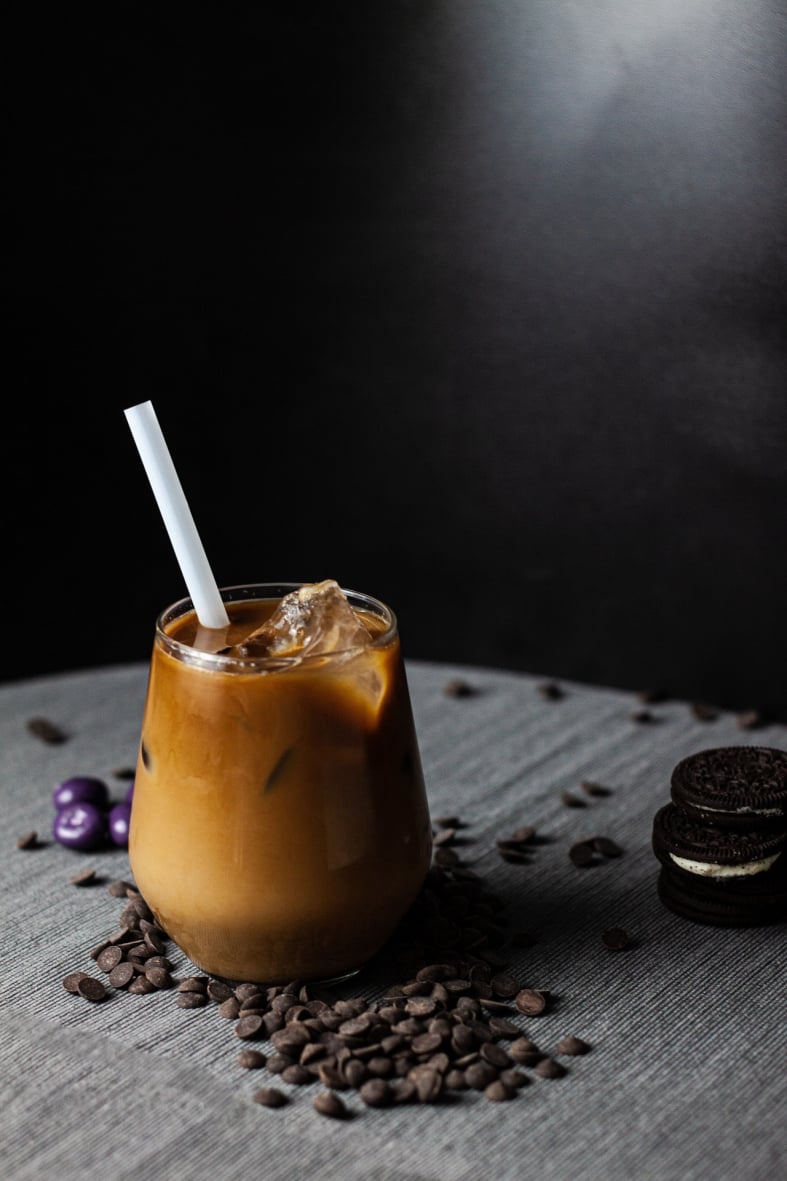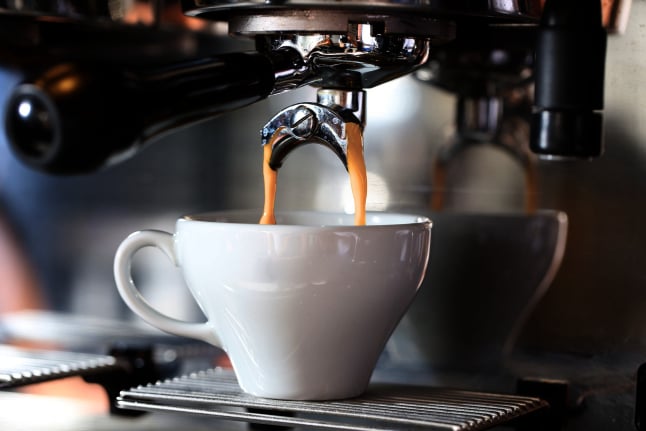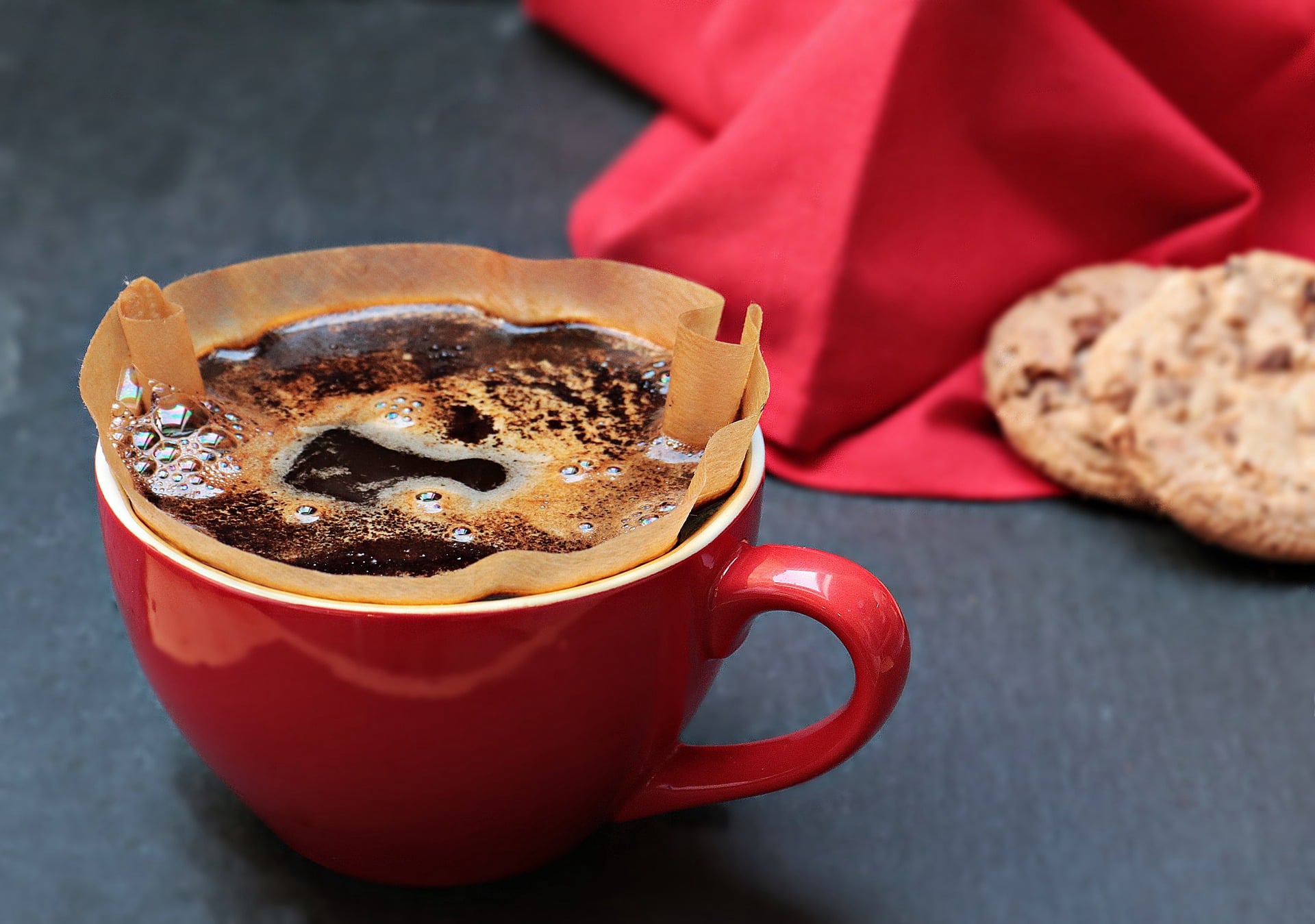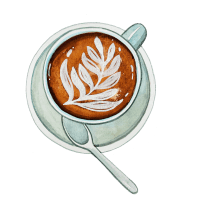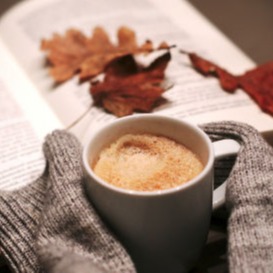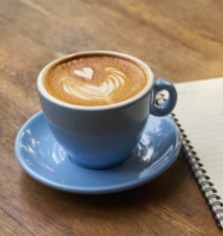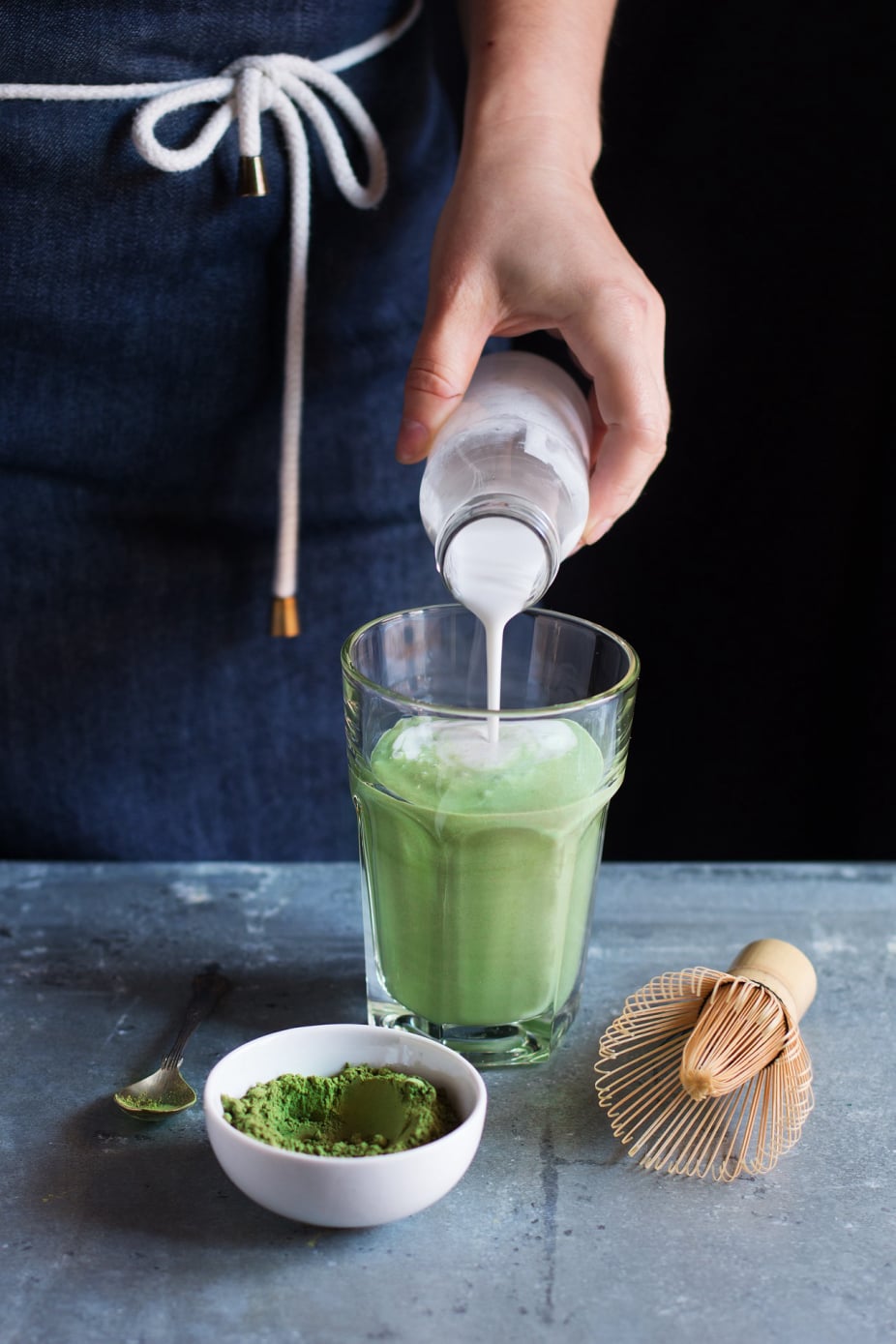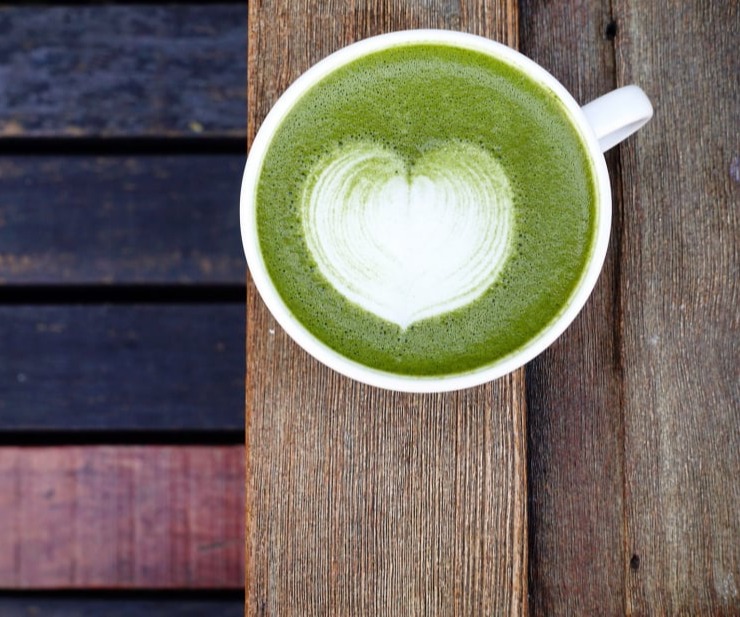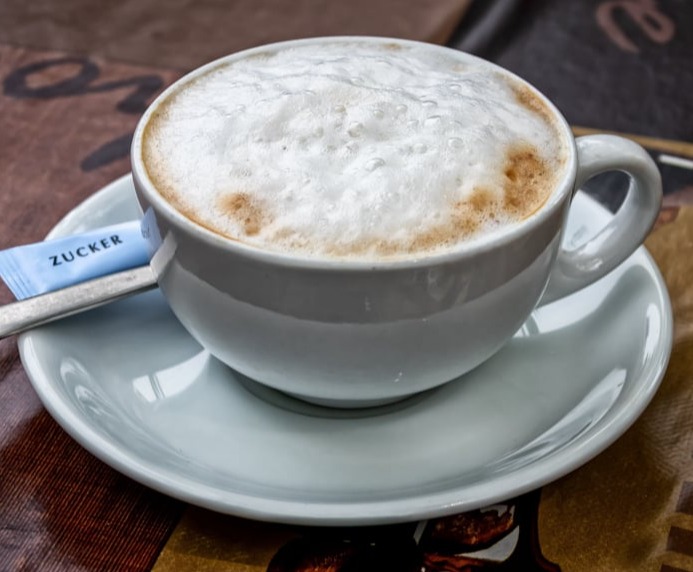Specialised taste courses: These programs are focussed on studying the taste profiles of various coffee beans, blending methods and sorting coffee. Participants gain knowledge about different coffee regions and their features.
Cocoa making: This program includes teaching the basics of cocoa making, using cocoa powder and different types of milk, making hot and cold cocoa, adding flavours and variations of the drink.
Matcha-tea: The match training program covers the history and traditions of the match, the basics of its preparation (in particular, whipping a match with water or milk), learning to work with match cups and other techniques and recommendations for this unique drink.
Cold drinks: This program includes training in a variety of methods of making cold drinks, such as cold brewing, iced iced coffee, coffee cocktails, and frape. Participants learn the rules for making and serving cold drinks, as well as learn about their taste features and variations.
